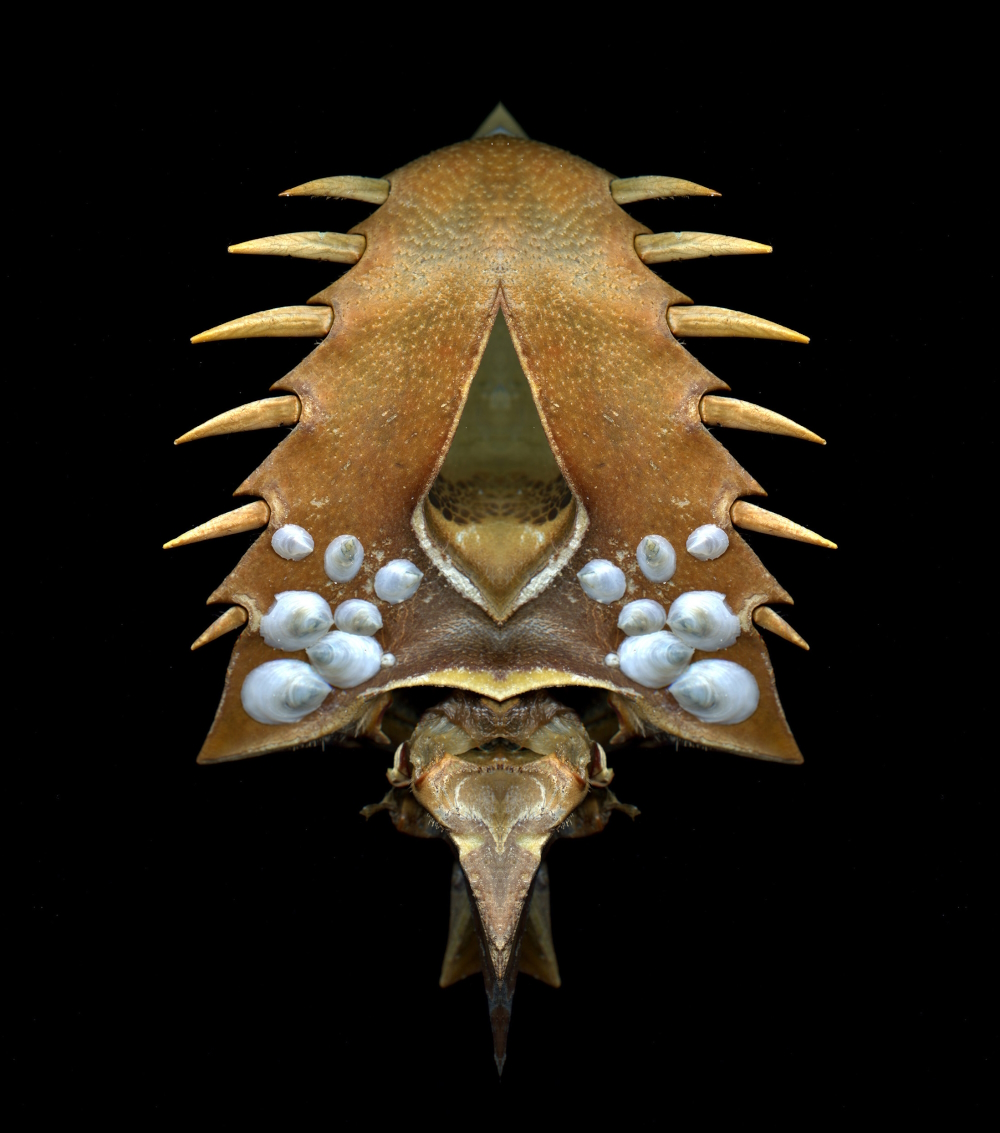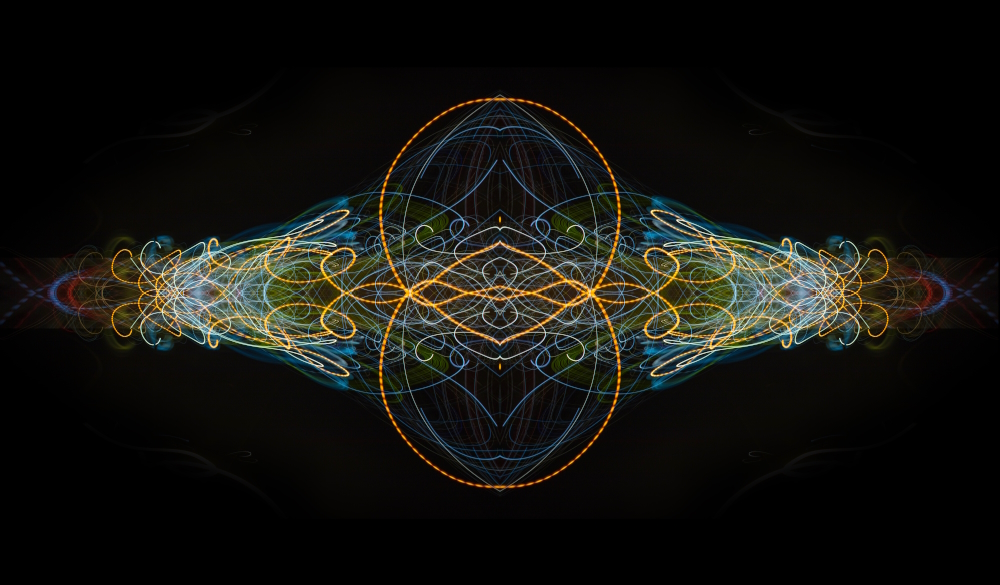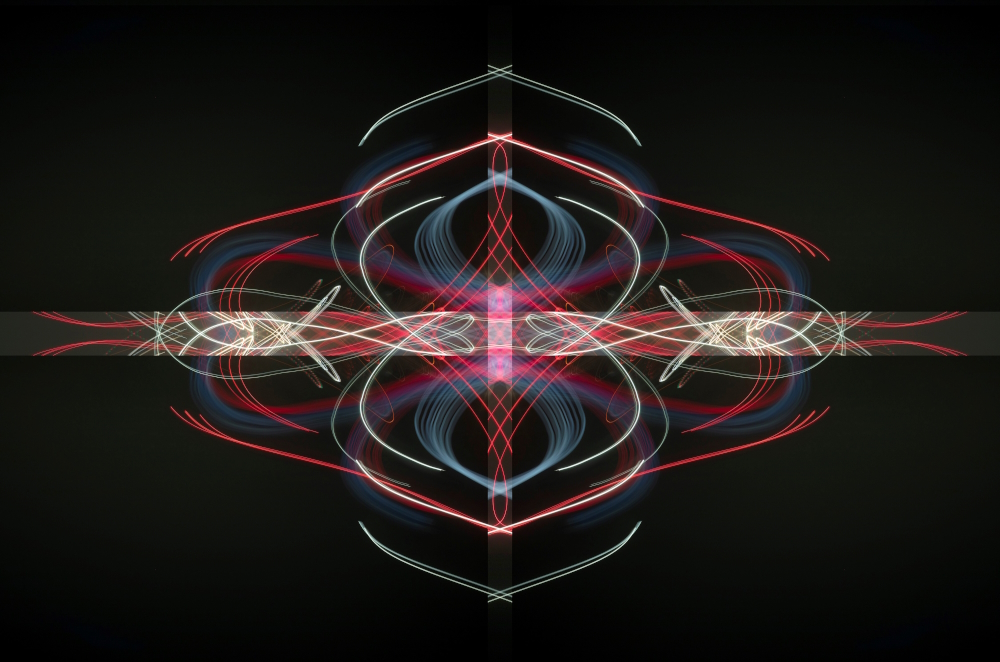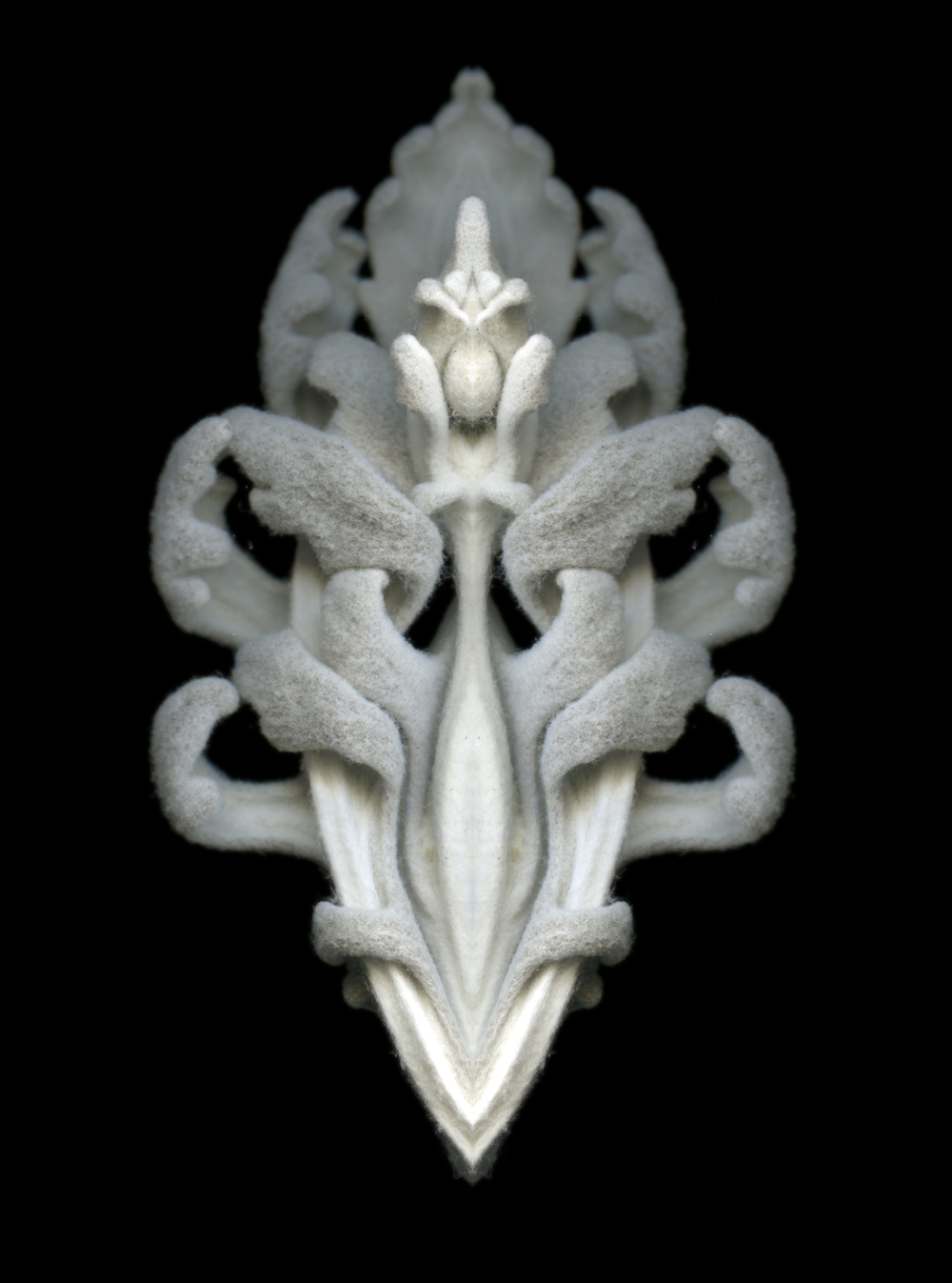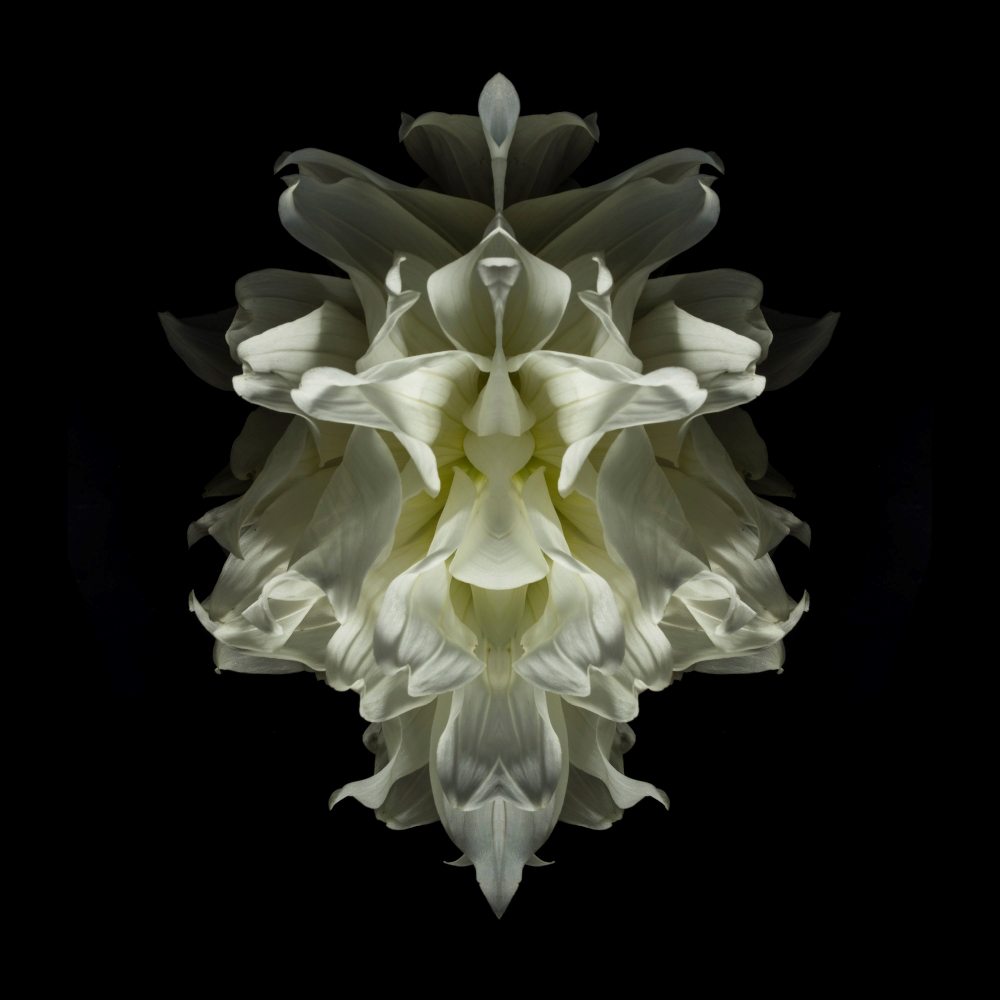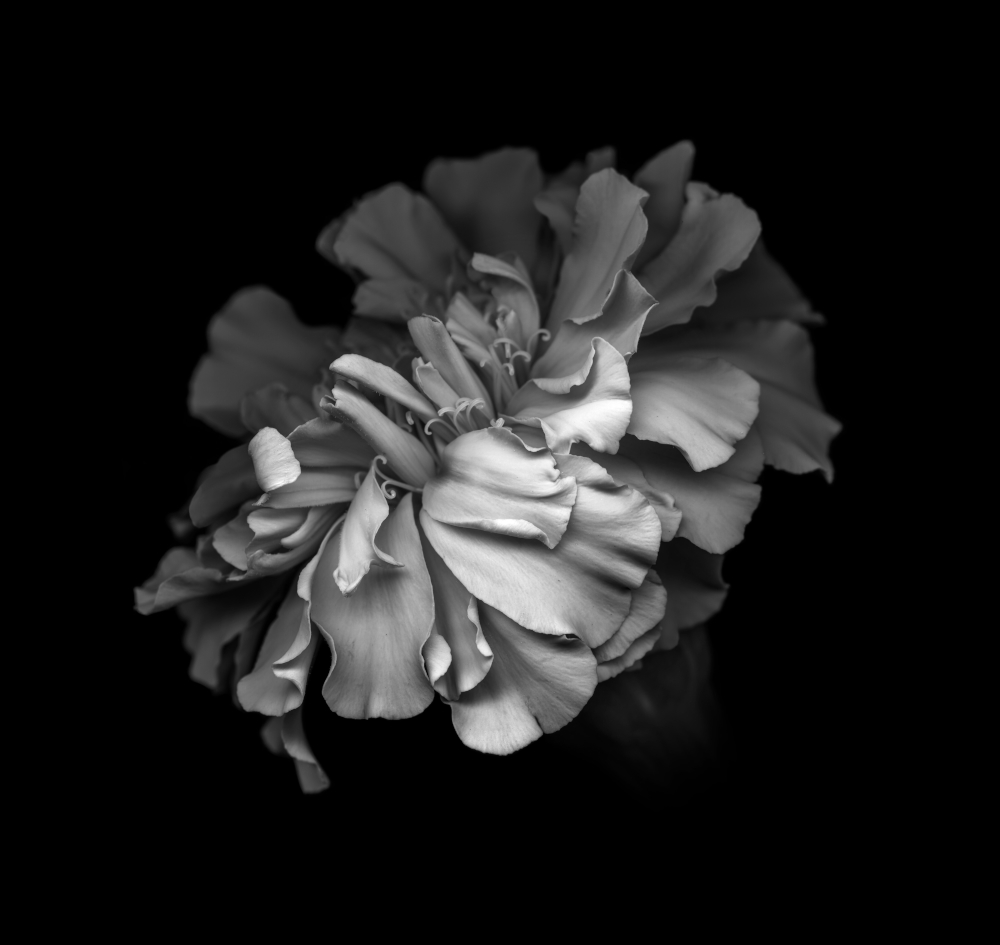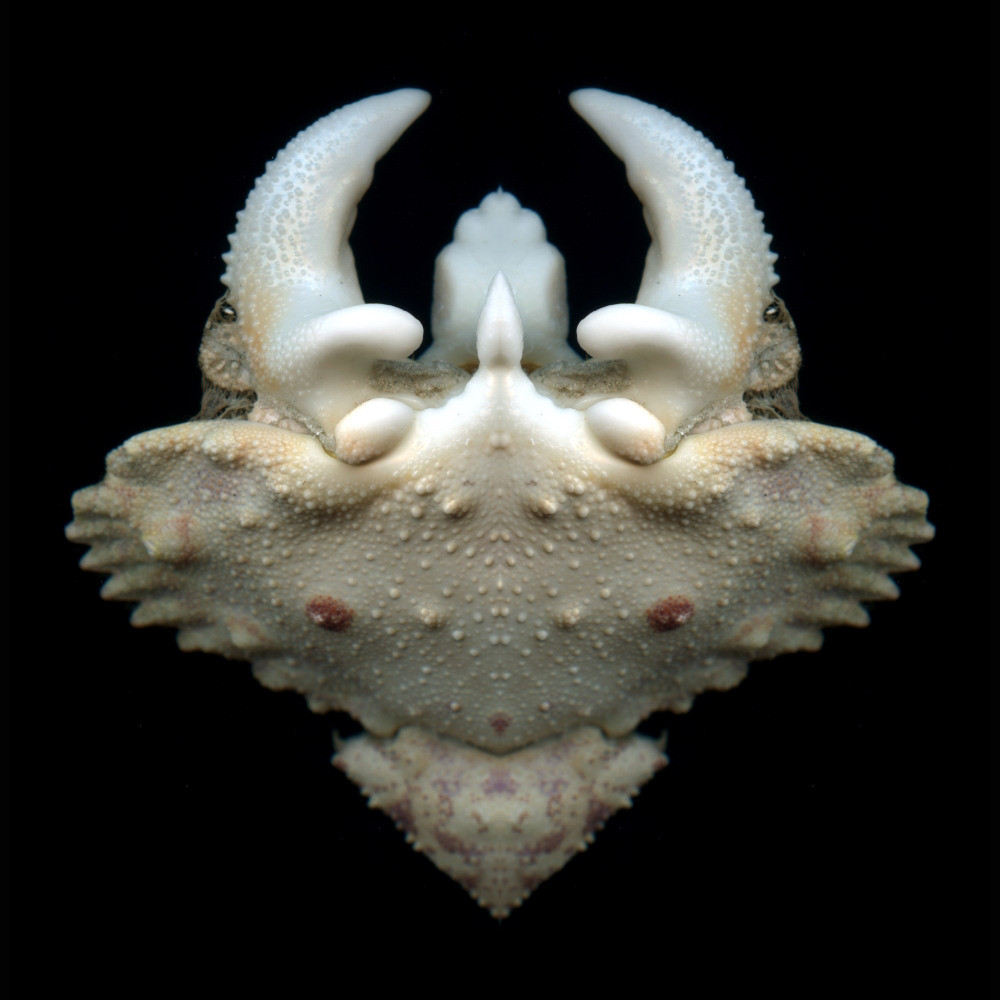Valerie Sinclair
Fine Arts photographer / digital artist / graphic designer
Canada
"One for the money, two for my soul." This evocative line from the song 'Can’t Play Dead' by British indie-rockers The Heavy strikes a chord with creatives worldwide, including the multi-talented Valerie Sinclair. Her artistic prowess has graced the pages of esteemed international publications such as The Atlantic, Forbes Magazine, Harper's Bazaar, and The Wall Street Journal, and her client roster boasts industry giants like Apple, Campbells’, CitiBank, Dunlop, FedEx, and IBM. While the Canadian's career has taken her to exciting heights in the realms of digital art and graphic design, her enduring passion has always been photography. It's a natural extension of her creative soul, allowing her to blend the worlds of visual storytelling and intricate image editing with her unique abstract photographic style. Her diverse portfolio showcases outdoor shots that capture glimpses of the grand tapestry of life, while her studio close-ups unveil the beauty of the minute in the macroscopic world. "I explore the juxtaposition of mechanical precision against nature's inherent imperfection and beauty," Ms. Sinclair reflects. "My desire and passion are to meticulously document nature's finest details on the most intimate scale, revealing a beauty that might otherwise remain hidden."
Valerie Sinclair
Fine Arts photographer / digital artist / graphic designer
Canada
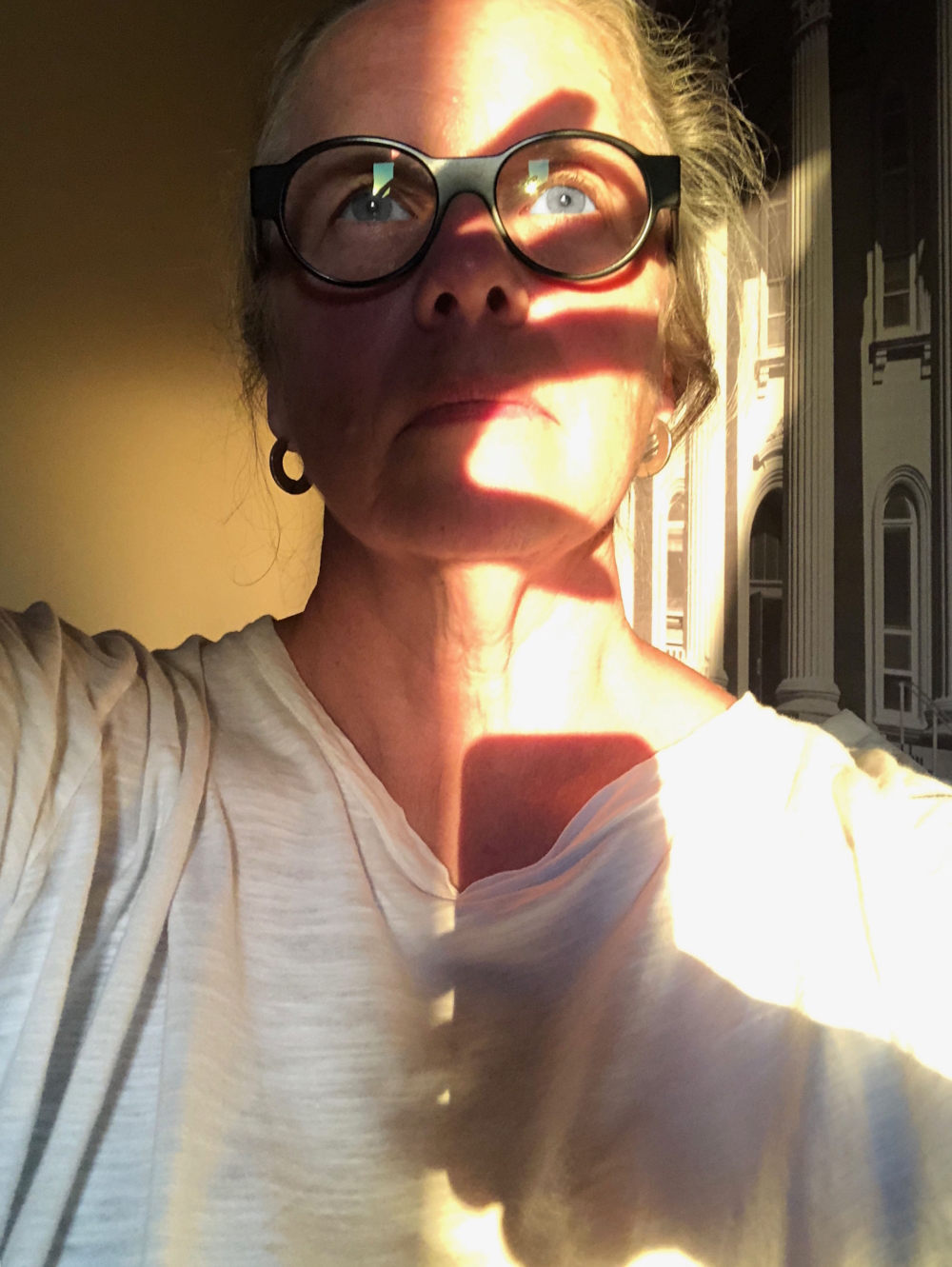
Many creatives grapple with balancing artistic self-realization and financial stability, but Valerie Sinclair enjoys the best of both worlds. Since 1992, she has been a principal at Sinclair Gwilliams Design, a renowned international firm spanning Europe to Japan, earning accolades for commissioned projects that have garnered worldwide recognition.
In addition to her professional achievements, Ms. Sinclair served as Chairman of the Board at Sinclair Technologies from 1998 to 2010. This division of Norsat International Inc. is a leading designer and manufacturer of antenna and RF signal conditioning products, systems, and coverage solutions.
Valerie's artistic journey had its roots in her early years. Born in Toronto, Canada in 1956, she was drawn to mechanical precision and detail from a young age, spending her weekends exploring her father's manufacturing plant. Tiny screws, swirly metal filings, and the artistry of turned aluminum and copper wire became the treasures of her youth. Her father, an engineer and photographer, ignited her creative spirit with forays into the forest to capture nature's microscopic wonders using vintage Leica and her mother's 2¼ cameras. Over the years, Valerie's creativity found its place at the intersection of mechanical precision and the beauty of the natural world.
The lady's journey toward artistic excellence naturally required a solid education. In 1981, she embarked on her studies at the Art College of Design in Pasadena, where she graduated in 1984 with a Bachelor of Fine Arts in Advertising Illustration.
Initially an airbrush artist, Valerie Sinclair seamlessly transitioned into the digital age with the advent of personal computers. As one of the pioneers of digital illustration, she spent two decades making her mark in commercial art, known for her impeccable design sense, flowing line work, and nuanced tonality.
Since 2010, this multi-talented artist has shifted her focus to her true passion — photography. Valerie travels extensively, seeking nature's hidden gems and spirits, capturing them with an artist's eye and a photographer's heart. As Linda Linsmayer, director of Ripple Effects Images, aptly describes, "Inspired by nature's perfection and grace, Valerie Sinclair observes and captures extraordinary details that transform familiar life forms into secret, wondrous perspectives, evoking intrigue and incredulity."
Valerie Sinclair is based in Toronto, Ontario, Canada.
Interview September 2023
Mechanical Precision Meets Nature: Documenting Details That Might Never Be Seen
INTUITION/IMAGINATION
?: How does intuition present itself to you – in form of a suspicious impression, a spontaneous visualisation or whatever - maybe in dreams?
Photography for me is about seeing beyond the surface. Elements like texture, angles, and juxtaposition spark an inner dialogue. These are the things that make me curious. These things excite me. Each image is an intimate conversation between my soul and the subject, inviting myself, and eventually the viewer to observe beyond the ordinary.
?: Will any ideas be written down immediately and archived?
Your questions come from a very thoughtful place. My work comes from a very intuitive, experiential place. It is rare that I write down ideas. This is because I am inspired by what is in front of me. Occasionally I will have a bigger concept in mind, a theme to pursue. These generally inhabit my imagination and rarely make it to paper.
?: How do you come up with good or extraordinary ideas?
I have answered this question in relation to my processes.
Action. My best ideas happen through experimentation. How can I see this differently? How can I show this beauty in a way that I might not have seen before? When I had finished my ICON series, I started on FETISH.
ICON comprised my early exploration in manufactured digital imagery working primarily with flowers and plant matter. While initially these images feel familiar, upon closer examination one realizes that these images are not what they first appear, they have been carefully crafted and constructed to allow the viewer to see my vision. Where my ICON series was “good” in concept and execution, it brought me to the “extraordinary” idea that became FETISH.
When I started in on the companion series, FETISH, it was difficult to find the detail I was looking for through the traditional photography I had been doing. I was frustrated. It was natural turning to my old love, and early experience with the scanner. The majority of the FETISH series is done through Scanography. It allowed me in to present detail not visible through the human eye. Creation is about evolution. My ICON series was a dance with digital imagery using flora. But it was with FETISH, my subsequent series employing Scanography, that I truly dove into the minute details beyond the human eye's capacity. It's an ongoing journey of exploring, reimagining, and innovating.
?: Do you feel that new creative ideas come as a whole or do you get like a little seed of inspiration that evolves into something else and has to be realized by endless trials and errors in form of constant developments until the final result?
Inspiration often begins as a seed. I will see some small part that speaks to me. This is where I start. With each shoot, I nurture this idea, letting it grow organically. Through iterations and explorations, as in my PASSING CONVERSATIONS series, I uncover stories hidden in plain sight.
During the process of evolving a digital image from an original photo or scan, there will be countless iterations. I can develop 50 images to completion, hundreds of hours – to find one image that sings. In my latest series, PASSING CONVERSATIONS, I work with slow exposures of lights with my moving camera. I found I was intrigued by the idea of the lives represented by these lights. Cars, trucks, shopping centers… all of these lights represented lives I knew nothing of. They are like fingerprints – never repeated, always different… telling me stories of the lives behind the light.
?: What if there is a deadline, but no intuition? Does the first fuel the latter maybe?
Deadlines can occasionally spawn unexpected creativity. Historically, in my commercial pursuits, deadlines translated into brainstorming, decision-making, and execution. In commercial work there is rarely the luxury of time.
INSPIRATION
?: What inspires you and how do you stimulate this special form of imaginativeness?
Curiosity drives me. It's about rediscovering the familiar with a fresh eye, finding my own interpretation. When I worked with crustations, animal skulls and bones, I wanted to honor their past presence and communicate that there is beauty and soul in what is left behind.
?: How do you filter between ideas that are worthwhile pursuing and bad ones that you just let go of?
Every idea warrants exploration. While some naturally take precedence due to their potential, I believe in giving each a chance before deciding its future. I can usually tell fairly quicky if it will work.
?: Does an idea need to appeal to you primarily or is its commercial potential an essential factor?
Personal appeal is paramount. While commercial potential isn't my primary focus, I do consider the broader resonance of a theme. I trust that if a piece resonates with me, it will touch others in a similar way. In my earlier career as an illustrator, commercial appeal was essential.
?: Do you revisit old ideas or check what colleagues or competitors are up to at times?
Occasionally I revisit previous concepts, often discovering new potential. My peers' work inspires but I prefer to walk my unique path, without the influence of competition. I was keenly aware of my competition as an illustrator, but my current journey is primarily one of self-reflection.
CREATIVITY
?: What time or environment best suits your creative work process — for example, a time and place of tranquility or of pressure? Which path do you take from theory or idea to creation?
Quiet is best for me. I need to focus, distractions are minimized.
My path is curiosity to exploration to inspiration to realization. With that said, I think perhaps “idea to creation” fits best.
?: What’s better in the realization process — for example, speed and forcing creativity by grasping the magic of the moment or a slow, ripening process for implementation and elaboration?
For me - a slow ripening. My ideas are almost always an evolution. I have the luxury of time at this point in my career, earlier I did not.
?: How important are self-doubt and criticism by others during such a process?
Self-doubt can stop you in your tracks. I give it as little a voice as possible and instead concentrate on my more positive instincts - they will support me through. Criticism does not affect me if I truly have a vision and belief in what I am doing.
?: Is it better to be creative on your own, to trust only your own instincts, or to work in a team?
I prefer to work alone – I always have. Sometimes conversations can widen my perspective on a subject, but I prefer my process to be my own.
?: In case of a creative block or, worse, a real failure, how do you get out of such a hole?
I’m working on it. Keep exploring. Experiment. Get outside! Try doing something you have not tried before. I have struggled for many years with creative block. Inaction is my worst enemy. I believe that it happens to all of us at some point so the conversation is valid and important.
?: Should a creative person always stay true to him- or herself, including taking risks and going against the flow, or must the person, for reasons of commercial survival, make concessions to the demands of the market, the wishes of clients and the audience’s expectations?
That is a choice. It is the rare few that have complete creative freedom and great commercial success. I think for most of us the path lies somewhere in between. Making choices based on an audience’s perceived desires is not something that influences me at this point in my career.
?: How are innovation and improvement possible if you’ve established a distinctive style? Is it good to be ahead of your time, even if you hazard not being understood?
I believe style can evolve and grow. I can see the steps in my evolution when I look at my path.
I have been very lucky that my work has always has aa distinctive style. While that perhaps is more of a challenge in photography, I hope that my hand still shines through in my current work as it did in my earlier illustrative work.
In the mid-1980’s, I began my commercial career as an airbrush artist. This was because it appealed to my sense of detail and precision. As my work evolved, it transitioned into 3D painted collages made with a combination of found objects and constructions.
My illustration was always object oriented, and took to these transitions naturally. I bought my first Macintosh in the early 90’s. My 20k investment bought me a computer/large monitor, Photoshop and a scanner. I immediately took to Photoshop. It gave me that deep detail I needed to reproduce and expand on what I was doing in airbrush. With Photoshop as my main tool, it was natural to gravitate towards photography in tandem. With the excitement I felt it was not long before I produced my first commercial digital artwork. This was the very early days of digital illustration.
?: When does the time come to end the creative process, to be content and set the final result free? Or is it always a work-in-progress, with an endless possibility of improvement?
The end of a created image is that magical moment between the best image I can create without overworking. The end of a series comes for me at the end of my enchantment with my current muse. This is when I feel I have exhausted all the possibilities… currently it is trails of light. The series is called PASSING CONVERSATIONS and is an ongoing exploration.
?: Do you have a clue why your creations are exactly the way they are?
There are certain qualities that usually transcend most of my work - detail, precision, light. My eye towards these influences and others is what makes my images truly my own. My work is much less contrived, and more spontaneous than it might at first appear.
SUCCESS
?: “Success is the ability to go from one failure to another with no loss of enthusiasm.“ Do you agree with Winston Churchill’s quote?
We learn from our failures. Failure should not deter from progress. It can be a challenge though.
I rarely allow critiquing of a series until it is complete. Failures are like stepping stones, they are lessons, molding and refining our craft.
?: Should or can you resist the temptation to recycle a ‘formula’ you're successful with?
It can be a good place to start when you are floundering. It is an interesting question.
I think as an artist you need to look beyond that. Sometimes revisiting a past work or theme can transition my work into a new place. With that all said, true artistic growth lies in exploring the unknown.
?: Is it desirable to create an ultimate or timeless work? Doesn’t “top of the ladder” bring up the question, “What’s next?” — that is, isn’t such a personal peak “the end”?
I have not consciously worked for a personal peak. I create because I am compelled to. It gives me satisfaction and joy, and any acclaim is a welcome by-product. Peaks are but milestones in an artist's eternal journey, rarely are they recognized until after they have passed. Most of the enjoyment I get out of working comes from the process, and not the end product. Like children we pour all we can into them, then set them out into the world, hoping for their success.
MY FAVORITE WORK:
I have chosen a piece from the series FETISHES.
Fetishes historically were used for many reasons, good luck on the hunt, ceremonial initiations, diagnosing and curing an illness and/or personal protection to name a few. They had power to hurt or help. They were often representations carved of wood, stone, antler, bone or shell, and represented the spirits of animals or forces of nature.
Almost every culture has fetishes. I started exploring the concept many years ago, originally creating 3 dimensional fetishes to document concepts and events. The FETISHES photographic series evolved from this early work.
This series was inspired by the effects we as humans have on our environment. I spent many winters living and shooting in Sanibel. While there I was saddened by the amount of sea life washed up on the beaches when the Red Tide hit, which happened several times a year. I looked for a way to honor the lives of these creatures, perhaps show their beauty even in death. My vision was to create an image that was not only visually stimulating, but enigmatic.
